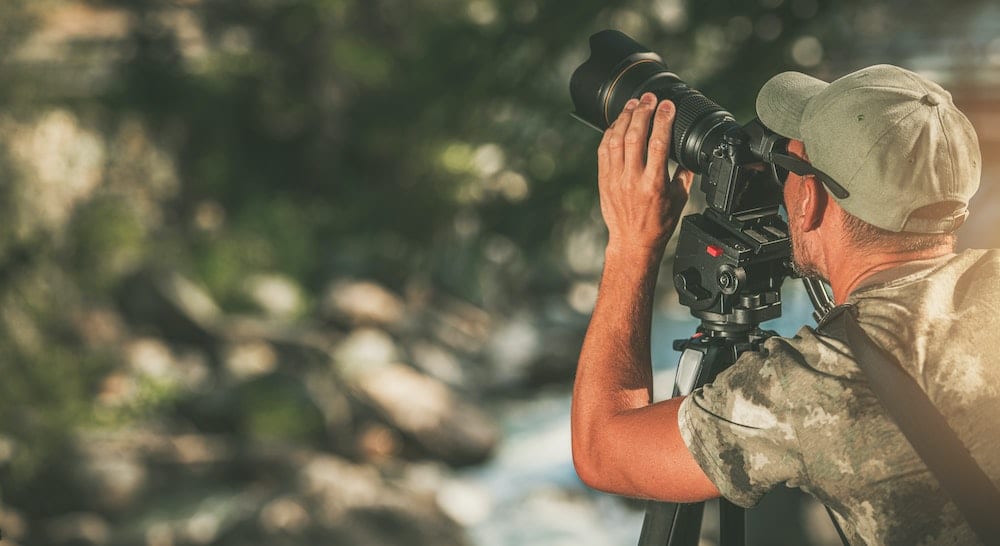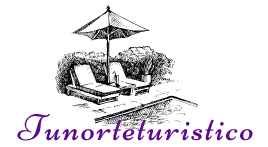What are the guidelines for taking wildlife photography in the UK’s national parks?

Wildlife photography is a captivating endeavour, an opportunity to capture the breathtaking beauty of nature, immersing yourself in the majestic presence of animals. With the UK's national parks teeming with a variety of species, from the smallest birds to the most imposing mammals, they serve as splendid platforms for photographers. However, wildlife photography is not a simple point and shoot affair; it requires dedication, knowledge, and respect towards the animal subjects. We delve into the guidelines that are imperative for wildlife photographers to follow while in the UK's national parks.
The Ethical Aspects of Wildlife Photography
Before discussing the best camera and lens for wildlife photography, it’s important to understand the ethical responsibilities that come with photographing animals in their natural habitats. Ethical wildlife photography places the welfare and respect of the subject at the forefront, ensuring animals are not unduly disturbed or put at risk.
Dans le meme genre : How to navigate the UK's antique markets for authentic finds?
The first rule is to always maintain a respectful distance from the animals. This absolutely means no feeding or baiting of wildlife to get that perfect shot. Altering an animal's behaviour for our photographic benefit may result in stress or harm to the animal. Secondly, you should avoid disturbing habitats or nests, and always stick to established paths and trails to minimise environmental impact.
Lastly, respect the rules and regulations of the national parks. They are in place to protect both the wildlife and you. Remember, the best wildlife photographers capture stunning images while preserving the integrity of nature.
Avez-vous vu cela : Team building in paris: engaging escape game challenges for big groups
Necessary Equipment for Wildlife Photography
The right equipment is essential in wildlife photography, and selecting the best camera and lens can markedly improve the quality of your photographs. Firstly, the camera you choose should have a fast autofocus system to capture clear and sharp images of animals which may be moving rapidly.
A DSLR or a mirrorless camera is often preferred as these allow for interchangeable lenses, enhancing your range and capabilities. Also, these cameras usually have larger sensors, which help in low light conditions often found in wildlife habitats.
When it comes to lenses, a telephoto lens becomes a necessity when photographing wildlife. The distance factor in wildlife photography often necessitates a lens with a long focal length. A lens within a range of 100-400mm or even a 500-600mm for extremely distant subjects would be ideal.
The Art of Capturing Exquisite Images
Mastering the art of wildlife photography requires impeccable timing, a keen eye, and an understanding of animal behaviour. One of the most effective ways to capture powerful wildlife images is by focusing on the eyes, as they are the windows to the soul, even for animals.
Lighting plays a crucial role in photography, and wildlife photography is no exception. The best times to photograph wildlife are often early morning or late afternoon when the light is soft, creating beautiful tones and casting long, dramatic shadows. This time is often referred to as the golden hour.
Understanding animal behaviour also plays a significant role. Learning about the habits, quirks, and traits of the species you're photographing can significantly increase your chances of capturing a captivating shot.
The Best UK National Parks for Wildlife Photography
The UK boasts 15 national parks, each with its own unique wildlife subject for photographers. The Scottish Highlands in Cairngorms National Park is home to the red deer and golden eagles while the New Forest National Park in England, with its semi-wild ponies, offers a completely different setting and subject.
Snowdonia in Wales is another excellent location, especially for bird photographers. With its craggy landscape and an abundance of birds of prey, it's a bird photographer's dream destination. Whether it's the red squirrels in Northumberland or puffins in North York Moors, each park has something unique to offer.
An Appreciation for Wildlife
Wildlife photography is not just about technical proficiency and artistic vision; it's also a testament to the photographer's appreciation for nature and wildlife. It's about capturing the essence of the wild, the spirit of the animals and the pulsating life force of the environment.
As you spend time with your subjects, you'll develop a deep appreciation for their world. And as you photograph them, you'll become part of their narrative, telling their story through your images. Remember, every shot should be taken with respect, awe, and a sense of responsibility towards these beautiful creatures.
Whether you're a seasoned photographer or a beginner, following these guidelines and understanding the nuances of wildlife photography will enhance your experience, resulting in more compelling, powerful images. You'll not just be taking photographs; you'll be creating a visual diary of your intimate encounters with the wild inhabitants of the UK's national parks. So, take your camera, head out and lose yourself in the marvels of nature, capturing the fleeting moments that make wildlife photography such a rewarding pursuit.
The Role of Shutter Speed and Other Technical Factors
Playing with the shutter speed is one of the important photography tips that a wildlife photographer should master while shooting in the UK's national parks. A faster shutter speed is necessary for freezing the action of quick-moving subjects, while a slower shutter speed can be used to create a motion blur effect, giving a sense of movement to your photos.
The aperture setting on your camera is also crucial. A wide aperture (low f-number) allows more light to enter the camera, creating a shallow depth of field. This effect can help isolate your subject from the background, an often-desired effect in wildlife photography.
In wildlife photography, the ISO setting also plays a significant role. A higher ISO setting allows for faster shutter speeds and smaller aperture settings but can introduce more noise into the image. Depending on the lighting conditions, you may need to adjust your ISO settings to strike a balance between speed, aperture, and image quality.
The use of a tripod can also be beneficial, especially when using a heavy telephoto lens or shooting in low light conditions. A tripod offers stability, reducing the risk of blurry images due to camera shake.
Remember, practicing with different shutter speeds, apertures, and ISO settings can make you a more versatile and effective wildlife photographer.
Wildlife Crime and the Role of Photography
Wildlife photography has a profound role beyond just capturing the beauty of wild animals in their natural habitats. It also has the potential to raise awareness about wildlife crime and contribute to natural history documentation.
Wildlife crime includes activities such as poaching, illegal wildlife trade, and habitat destruction. Photographs can serve as strong evidence of these activities, helping to raise awareness and initiate action against such crimes. National Geographic, known for its powerful wildlife imagery, frequently features stories that highlight these issues.
It's essential for wildlife photographers to be aware of these illegal activities and to report any suspicious activities to park authorities. While photographing, if you encounter situations that seem unlawful or harmful to wildlife, it's important to report it. Always remember, as a wildlife photographer, you are in a unique position to make a significant contribution to wildlife protection.
Conclusion: Becoming a Part of Natural History and Culture
In conclusion, wildlife photography in the UK's national parks is not just about capturing stunning images. It's also about becoming a part of the history and culture of these landscapes. Every photograph contributes to the rich tapestry of natural history, from the smallest insect to the largest mammal.
Whether it's adjusting your shutter speed to capture the perfect flight of a bird, using a macro lens to reveal the intricate details of a bug's life, or reporting a suspected wildlife crime, these actions make you an active participant in nature's narrative.
The act of engaging in wildlife photography teaches us to respect and protect our natural world. The power of the lens allows us to communicate the beauty, the struggles, and the triumphs of these wild animals, imprinting these stories into the psyche of society.
As you venture into the UK's national parks with your camera, remember that you're not just a visitor but a storyteller, creating a visual chronicle of the park's history and culture. So, adjust your focal length, dial in your shutter speed and let your wildlife photography journey in the UK's national parks begin.
